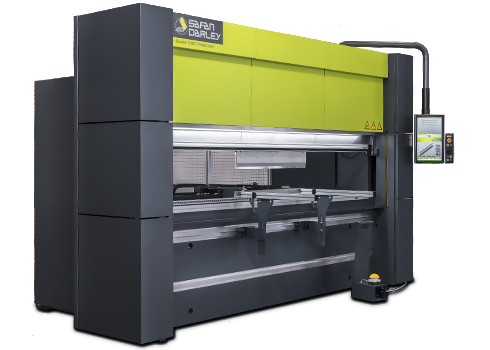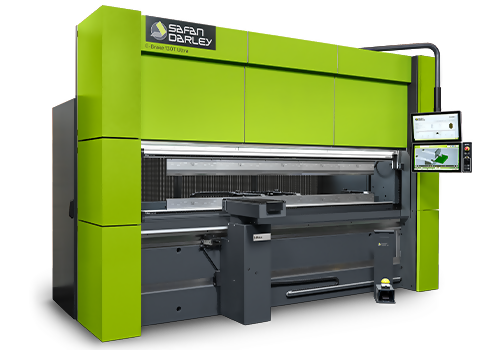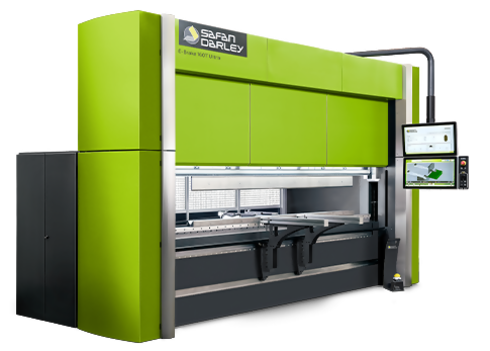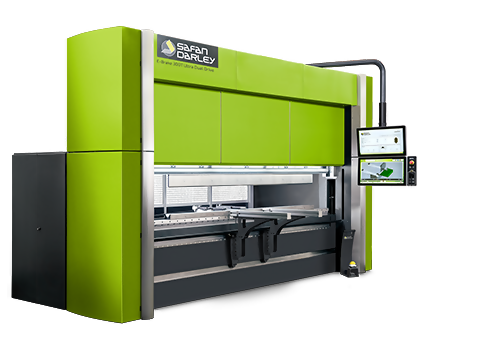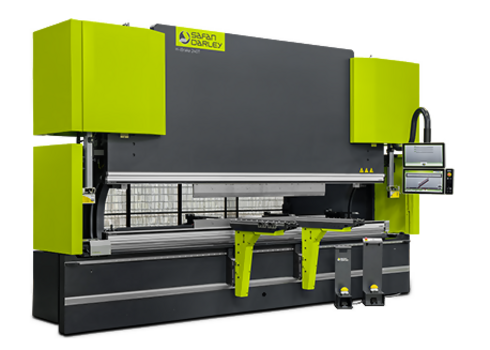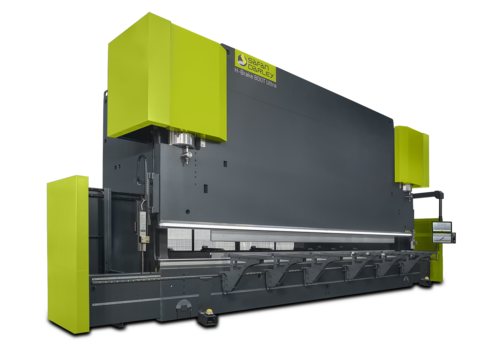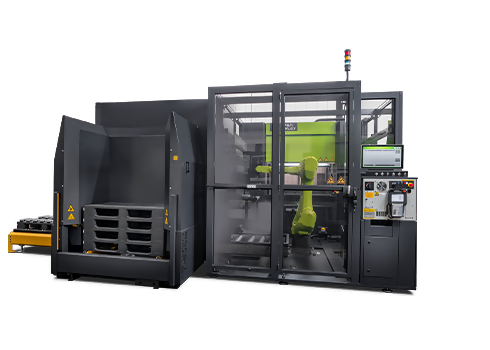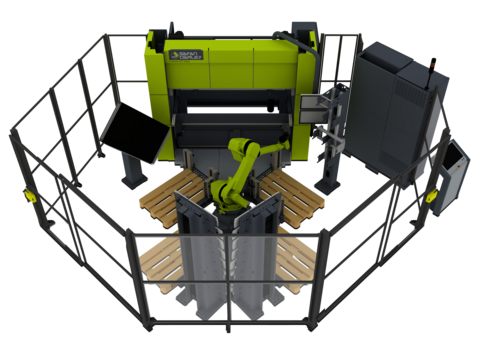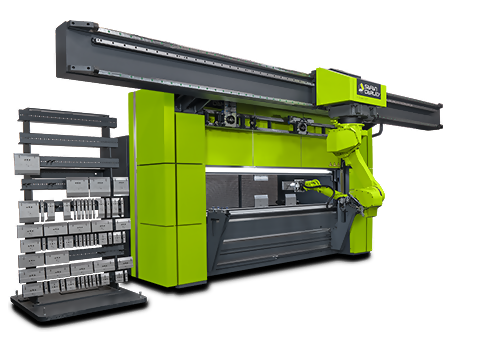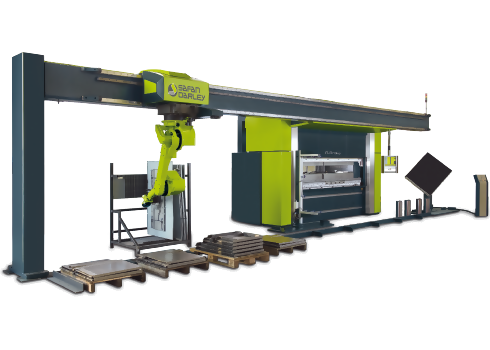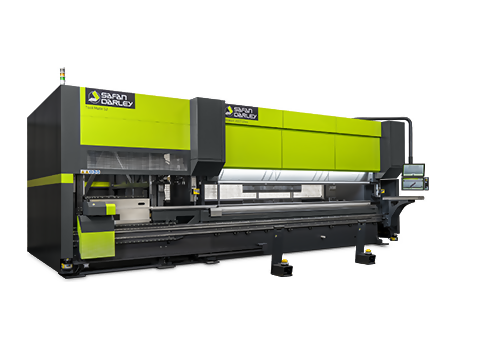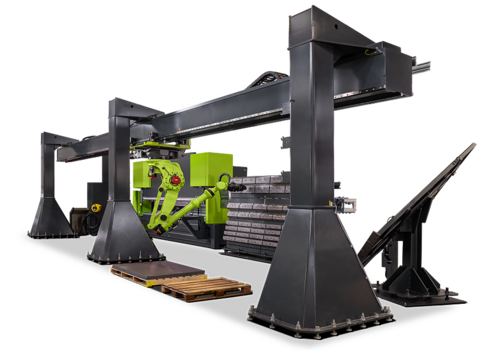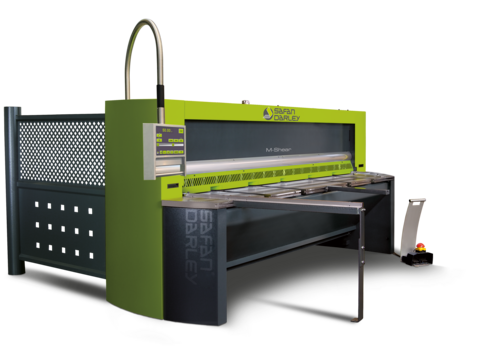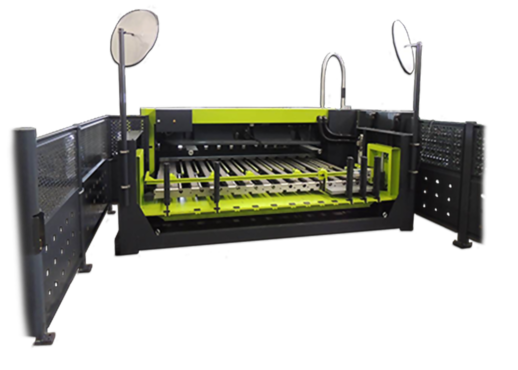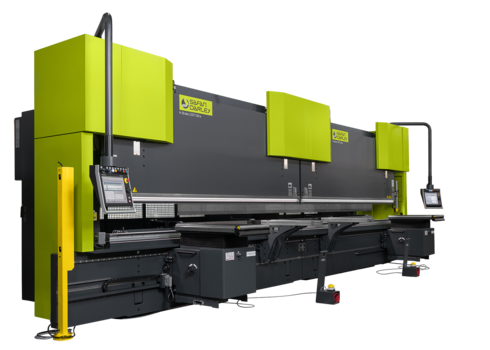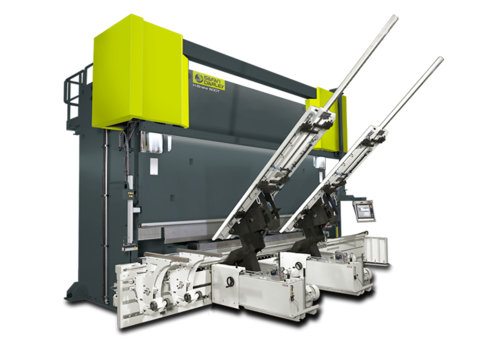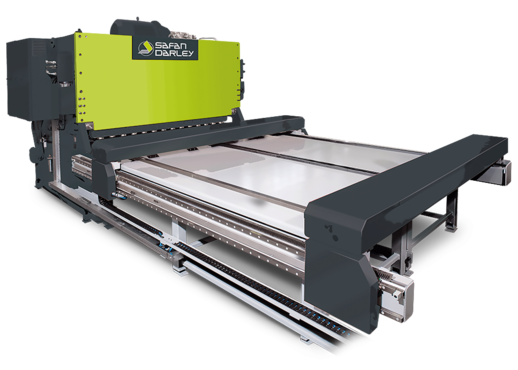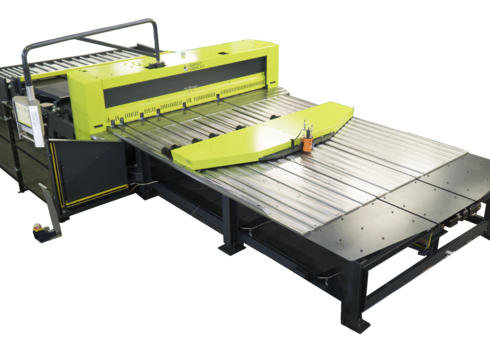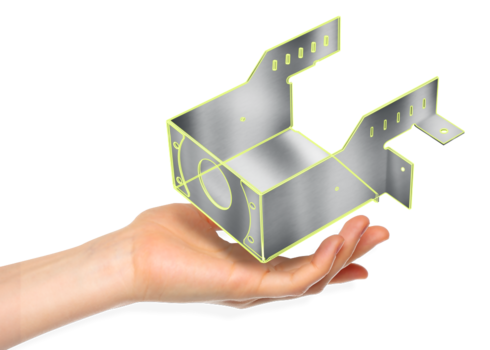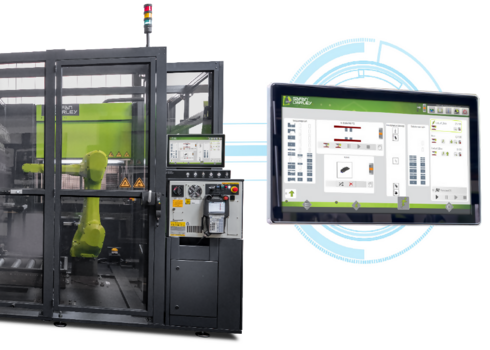
Three Signs That Your Business Is Ready to Automate
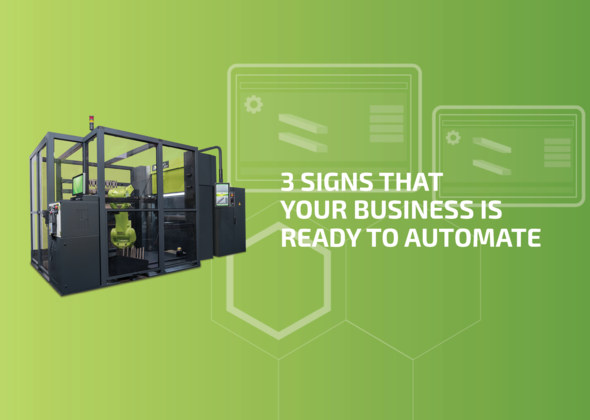
Three Signs to Automate
Automation-enhanced press brakes can significantly impact your bottom line — and not for the reasons you think.
The sheet metal fabrication industry is coming to a crossroads with respect to automation and workforce development. Recent advances in automation are changing the industry, and it’s time for business leaders to take a fresh look at how these new technologies address long-standing challenges, so they can put their companies in position to succeed.
Keep in mind that automation is not just for big companies. In our experience, the size of the company rarely determines if automation can be impactful.
Here are three signs that your company, be it a small, medium, or large operation, is ready to automate:
1. Challenges Finding and Keeping Talented Operators
How much is your company spending to find and recruit talent to operate your sheet metal fabrication equipment? And how hard is it to retain operators once they are trained and productive?
If labor is a pain point for your organization, you are not alone. Our research confirmed that the metal fabrication industry is affected by two major trends: A shrinking labor pool and high turnover among the workers currently in the industry — over 30% for the past three years (!). The research points to trends that are well known to leaders and managers in the industry.
Employment within our industry has been declining for several years now, as evidenced by the average age of operators continuing to increase. The decreasing labor pool and shortage of younger talent entering the industry have undoubtedly contributed to the increase in average wage that has been trending up to approximately 5% annually according to our research.
The talent shortage also feeds the second trend — high turnover. Simply put, the best operators are in high demand, and they are changing jobs more frequently. While increased wages and portability benefits those workers in the short term, it’s bad for consumers, employers, and the industry in general over a longer timeline.
The bottom line is that sheet metal fabrication companies face a multifaceted labor challenge consisting of:
- A shrinking labor pool
- A high turnover rate
- Rapidly rising labor costs.
How can automation technology help? In the most counterintuitive way possible: By bringing more workers into the sheet metal fabrication workforce.
Automation can come in many variations from systems to automatically verify and correct bend angles for the operator all the way to complete robotic cells that can take your parts and program the robot to bend, stack, and convey the product automatically.
In the short term, what this means for your business is that less-experienced operators can be more productive and perform at higher levels than ever before — essentially adding to the relatively small number of highly skilled operators across the industry and in your facility. Automation is the equalizer that allows less-experienced operators to achieve better results and attracts more tech-savvy people to the industry.
Your facility should also realize an immediate benefit in the form of increased safety. Automation technologies often prioritize worker safety and feature built-in protections to keep operators safe and minimize downtime due to injuries.
Looking at a longer timeline, automation technologies will be instrumental in relieving the labor bind by attracting younger, technology-oriented workers into the industry. Emerging technologies such as computer-aided design/computer-aided manufacturing (CAD/CAM)-compatible offline 3D programming software will resonate with workers who view technology as an essential element in their professional growth and career path.
By strategically investing in the right automation technology now, you will be able to recruit from a larger pool of operators who will have a greater incentive to stay with your company long-term.
The result? Less recruiting, lower turnover, and reduced costs to operate your business.
2. High Training Costs and Over-Specialization of Your Workforce
Training each of your operators to run several different machines with different control panels and user interfaces is expensive and time-consuming. There’s a more cost-efficient approach. New technologies such as graphic user interface (GUI)-based controls are helping operators become more versatile and businesses become more resilient.
GUI technology uses easy-to-understand graphics for the controls and can enable the same operator to run numerous machines with no additional training. Further, the training time for new hires is reduced exponentially, as the same GUI training will enable them to operate all your company’s equipment that uses the same interface.
3. You’re Ready to Invest Strategically
Automation has never been more affordable. Fifteen years ago, the investment required to automate your manufacturing processes was a non-starter for many small and medium-size businesses. The technology was new, clunky, expensive, and often required a company to hire dedicated, in-house robotics specialists to operate it. Automation was simply impractical for many companies. Fast forward to 2020, and technology has significantly lowered the cost to automate.
Breakthroughs in offline programming software and advances in GUI user interface technologies enable small and medium-size companies with tight budgets and less experienced operators to take advantage of the benefits of automation.
Modern robotically controlled systems are much more user-friendly, and manufacturers no longer need to hire, train, and retain dedicated engineers to run their automated equipment. Across the board, costs have been reduced to a level where even the smallest of metal fabrication shops can enjoy the rewards of automation.
Automation Is Accelerating the Industry — Innovate with Us
In the coming years, automation technologies will continue to shape the sheet metal fabrication industry. SafanDarley recognized this trend early on and was among the first major suppliers to fully embrace intelligent software, automation, and robotics. As a result, our equipment is the most advanced in the business.
If you’re interested in the leading-edge technologies improving sheet metal fabrication, please check out our website and request for more information.
Read more
blogs
There is a solid business case to be made for automating most sheet metal fabrication operations — often, the signs are quite obvious. But recognizing the need is only the first step in a long journey of figuring out what parts should be produced with an automated cell, and how to do it. In my experience, the most important questions that fabricators need to ask are often far less obvious than the need to automate.
